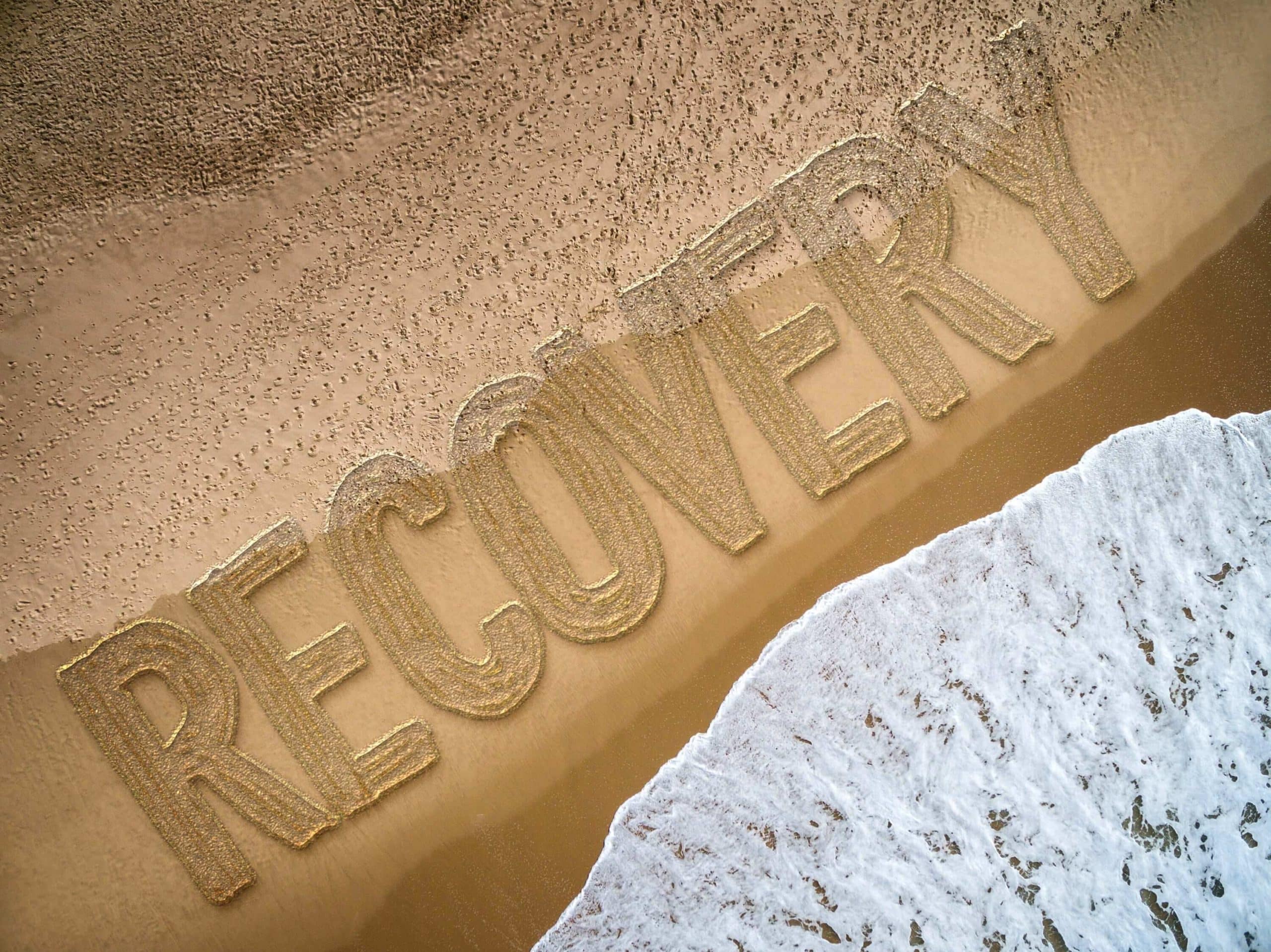Dealing with cravings and urges is a major issue for those in recovery. A mindfulness technique called “urge surfing” can help keep people on track to a successful recovery by giving them the tools to deal with cravings and keep from relapsing.
Urges, Cravings, and Addiction
An “urge” is a craving, a nudge to do something on pure impulse, or to do something out of habit after experiencing certain emotions, thoughts, or memories. An urge follows an experience or thought and generally triggers some form of habitual behavior in an attempt to relieve the stress or discomfort of the situation. These urges usually only provide temporary relief so many people resort to them repeatedly, and these habitual behaviors are often unhealthy, damaging, or destructive.
For those in recovery, urges tend to push towards drug or alcohol abuse. Trying to ignore or suppress cravings is rarely successful. Fighting the urge might last a little while, but can turn every day into a battleground. Sometimes cravings are simply too strong to resist.
How Does Urge Surfing Benefit Addiction Recovery?
The mindfulness technique of “urge surfing” can lessen the intensity of urges, making them manageable. Developed by psychologist Alan Marlatt, urge surfing contends that fighting an urge is useless. Instead, it teaches that by identifying and understanding these urges, one can be aware of them and control them — “surf” them rather than fighting. As counter-intuitive as it sounds, urge surfing is effective. Identifying urges as they arise and being aware of the consequences makes them eventually retreat.
How Does Urge Surfing Work?
Think of cravings as waves on a beach. They grow, crest, break, and then retreat. Surfers know that waves break and slowly dissipate. The wave is a force of nature. If you try to fight a wave, you will lose and struggle until it dissipates on its own. Riding the wave like a surfer means accepting that the wave is there, and, to be safe, you must control yourself and ride it out. A counselor or therapist will provide effective analogies and guided imagery. They will teach mindfulness techniques such as focusing on breathing and body sensation, tracking the intensity of the craving, and focusing on riding out the urge. By focusing on the feelings associated with the urge rather than thinking about the urge itself, some mastery of the craving should occur.
There are 5 basic pillars underlying the urge surfing technique:
- Identifying the feelings of an oncoming urge. The earlier it is recognized, the easier it will be to overcome.
- Staying aware of feelings, both physical and emotional, as the urge comes in without trying to fight or control them.
- Making a conscious effort to remember the intensity of these feelings and what effects they may have on the body — cold hands, nervous stomach, etc. — and how they vary over time.
- Trying to understand what triggered the urge. Once understood, it will be easier to avoid the triggers in the future.
- Remembering that the urge will pass.
Like other mindfulness or meditation techniques, it is best to practice with the guidance of an experienced professional. At first, urge surfing can be difficult, but with consistent practice, it will become almost second nature.
Is Urge Surfing Effective?
Urge surfing is an effective relapse prevention technique. By paying attention to what a craving actually feels like and maintaining that awareness on a moment by moment basis, and by avoiding passing value judgments about those feelings, individuals learn to ride waves and gain some level of control over them.
Although many people find that urge surfing is an effective way to manage cravings in recovery, every individual is different. As a result, recovery support must be tailored to the specific needs of each individual to reduce the risk of relapse.
Why Choose Into Action Recovery Centers?
Into Action Recovery Centers takes pride in providing a high level of treatment and a holistic approach to recovery for those who suffer from addiction. Our comfortable facility is designed with the client’s needs foremost in mind. Our staff includes master’s level counselors, licensed chemical dependency counselors, 24-hour nursing professionals, a staff psychiatrist, a staff chef, and direct care personnel. Our counseling staff provides individualized treatment and care for our clients with an emphasis on tailoring treatment to the specific needs of each individual. Additionally, our staff provides family counseling, relapse prevention, life skills, and grief and trauma counseling.
Into Action Recovery Centers provides an abstinence-based program and all of our staff members have a strong understanding of the recovery process through personal experience. We are passionate about sharing the process involved in living a drug and alcohol-free life. We offer free aftercare for those who complete our program and have a strong alumni network that remains active in the community. We also offer other amenities such as dietician-prepared meals, mindfulness-based meditation training, outings, and fitness training.



